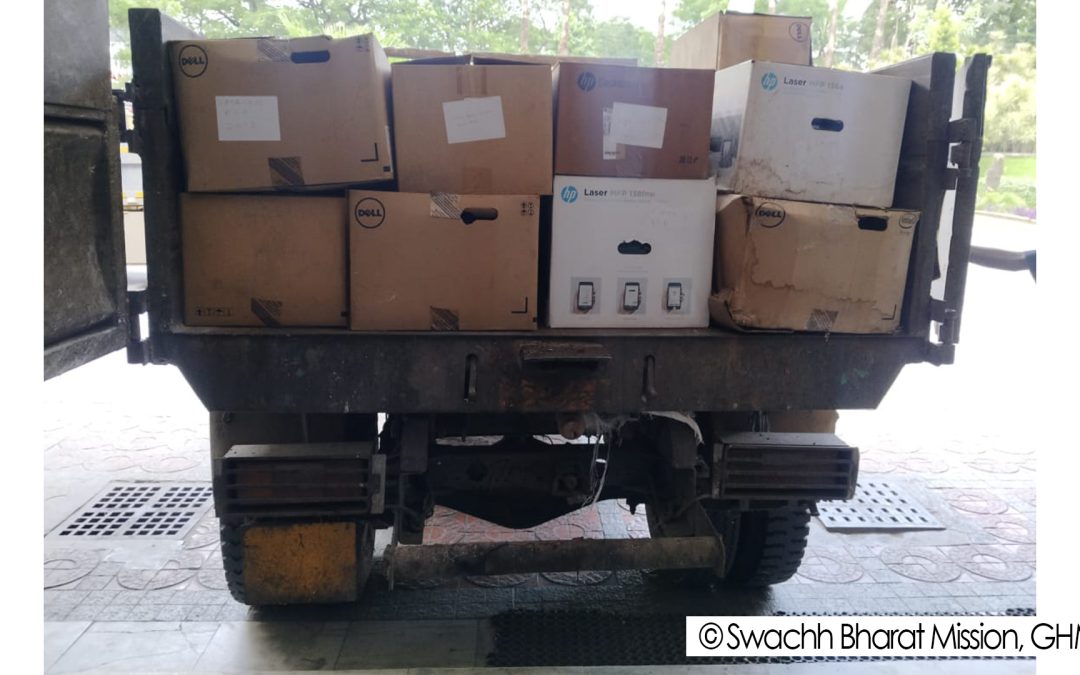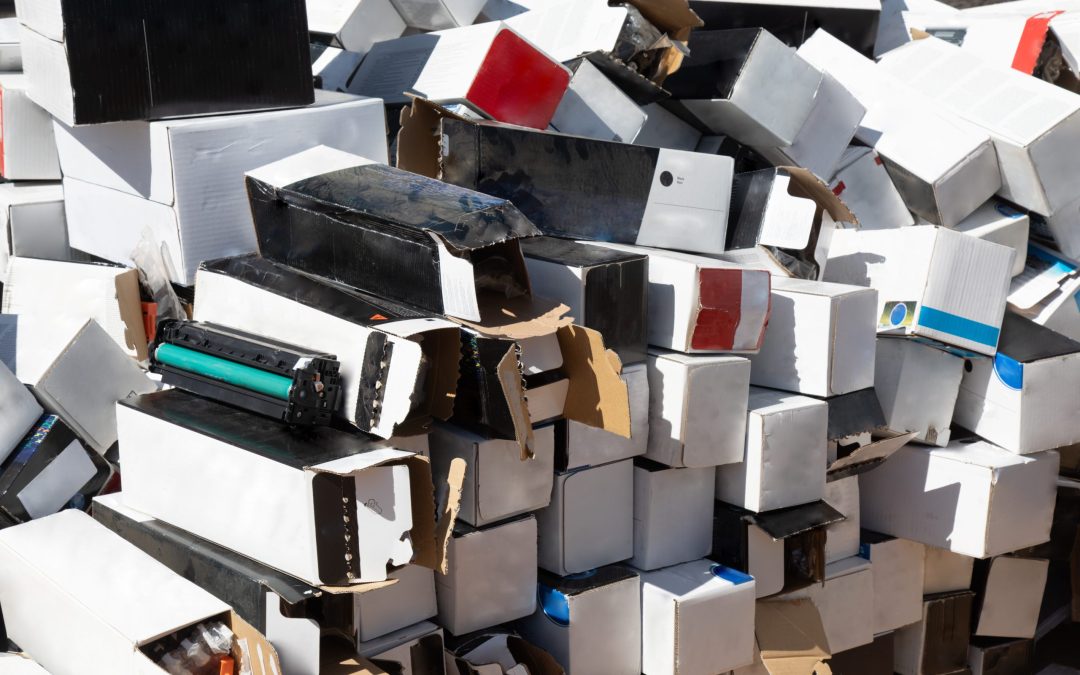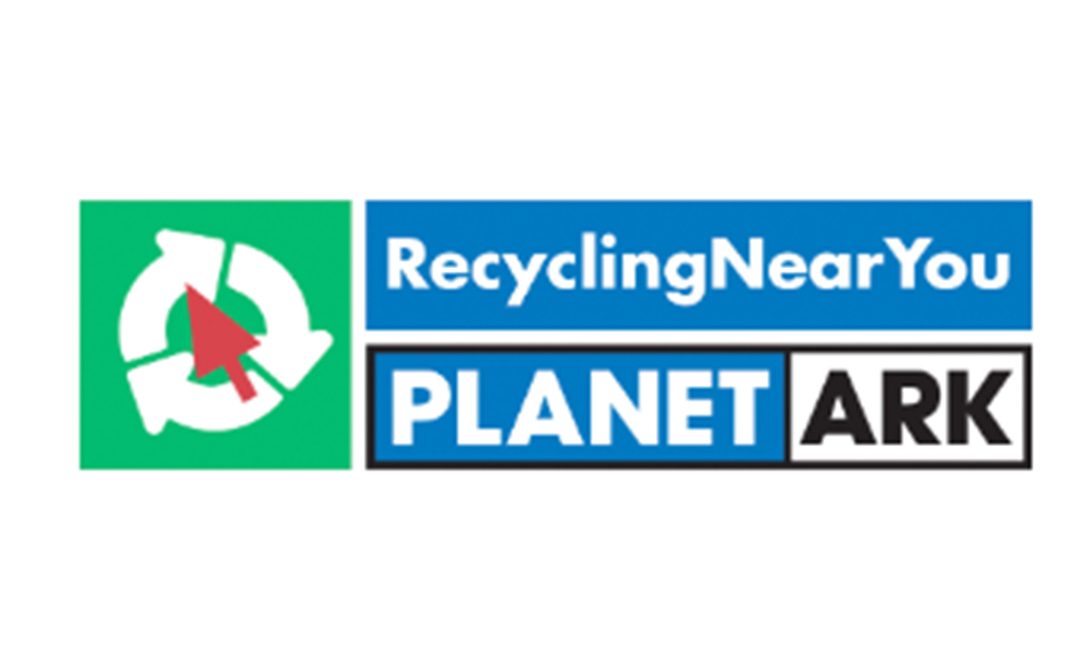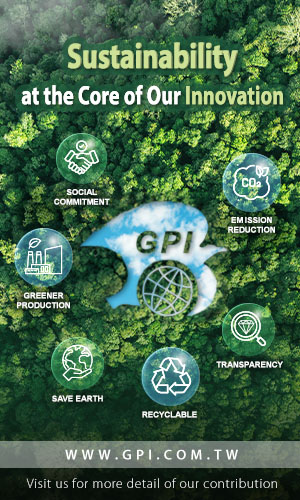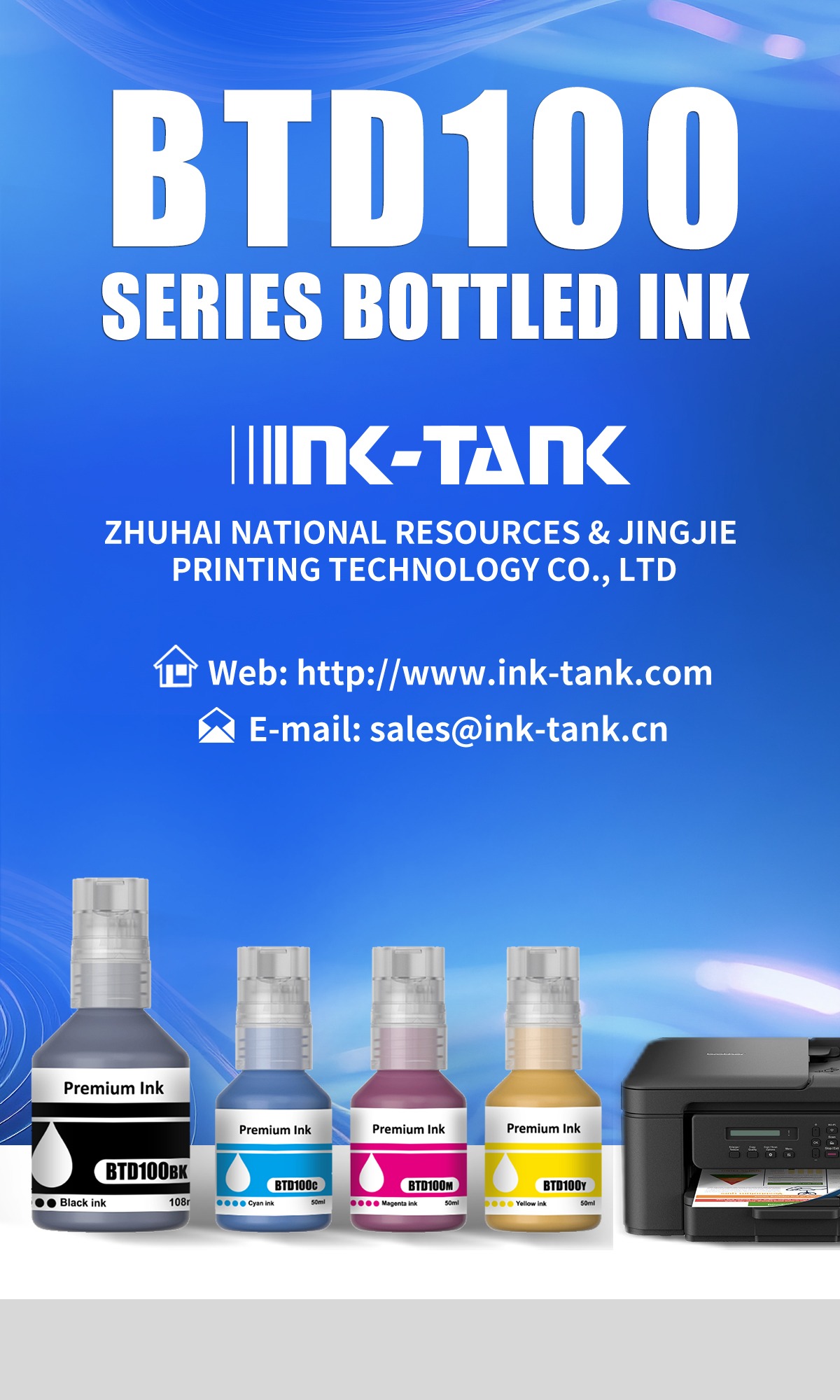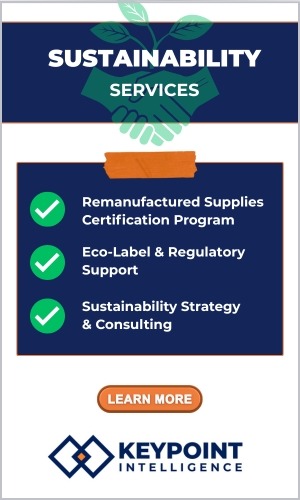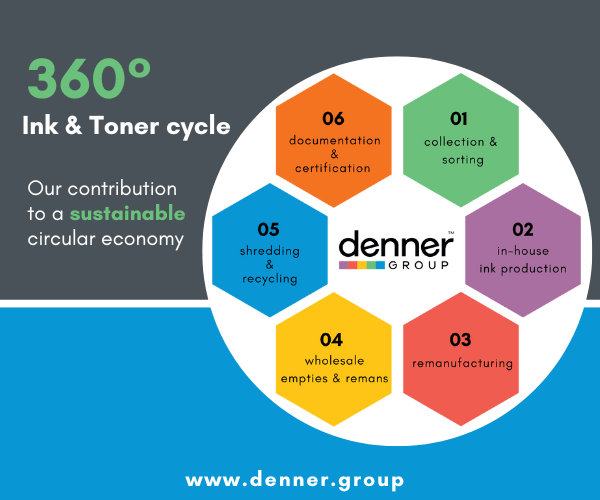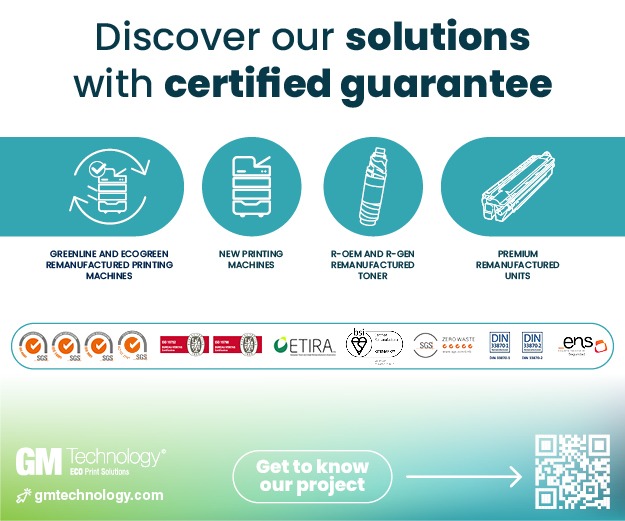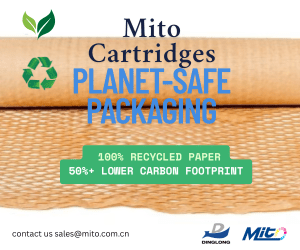 Ireland’s WEEE scheme is receiving plaudits, with its e-waste collection rate being hailed as a ‘success story.’
Ireland’s WEEE scheme is receiving plaudits, with its e-waste collection rate being hailed as a ‘success story.’
According to an article in The Irish Times, the Emerald Isle boasts “a good rate of recovery on electronic waste”, owing to the introduction of its WEEE systems back in 2005. In 2017, the Republic of Ireland’s collection rate reached 66 percent, already outstretching its target for 2019, 65 percent.
“Ireland is a success story,” says Kai Meyer, the commercial manager of KMK Metals Recycling, one of the companies recruited by WEEE Ireland to tackle what has been described as an e-waste ‘mountain.’
KMK’s site currently handles 30,000 tonnes of e-waste every year, but its secondary challenge is part of a wider effort, aimed at changing public opinion. “We’re still trying to impress upon people: Your recycling happens right here in Tullamore,” explains Elizabeth O’Reilly, of WEEE Ireland; often, the preconception is that electronic waste is removed from countries en masse, as touched upon by Piotr Barczak, of the European Environmental Bureau, who described “trainloads of e-waste trundling out of our cities and towards hellish waste dumps in Africa and Asia.”
KMK separate waste into subcategories before recovering components including precious metals from within them. Then, with as much metal recovery undertaken as is possible, the remaining materials are separated again, before being sent to different plants across the United Kingdom and continental Europe – with the majority of the latter being within the Benelux region.
Yet KMK’s success still leaves the company with progress to be made, with over 30 percent of e-waste in Ireland still either remaining obsolete in attics or sheds, or being sent to landfill, where harmful elements can leak out and pollute the environment. For O’Sullivan, the solution lies in the greater germination of information.
“People are more environmentally concerned, but we are still climbing an education mountain,” she says. “There is an increasing trend towards consumerism and consumption in the market; we have to work harder than ever.”
The Irish Times itself opines that “while we may have a good rate of collection, we could still be better,” and notes that “as we continue to build technology into our lives, the e-waste mountain is piling up.”
Various suggestions have therefore been mooted as to how the nation can take the next step in its recycling journey. Mindy O’Brien, of environmental group Voice Ireland, has argued for a lowering of VAT on recycled plastic products, as well as a deposit scheme for electrical items.
O’Brien claims that “if you have a TV and you’ve paid a deposit, you would be more likely to bring it back.”
Among other ideas, she also suggests a return to a leasing culture, as seen in previous decades, when a consumer can return a product if they want to upgrade, rather than just discard it; the manufacturer then has the option to refurbish the old model, or strip it for parts going forward. O’Brien also believes in the concepts of eco-design – creating something that is easily repairable with no built-in obsolescence – describing it as “cradle to cradle, instead of cradle to grave.”
Despite the country’s success thus far, The Irish Times warns that if a wider change in society’s approach to waste doesn’t happen, “we may find ourselves marching towards the UN estimates of 52 million metric tonnes of e-waste by 2021, and the accompanying environmental impacts of satisfying our appetite for the latest and greatest gadgets.”





